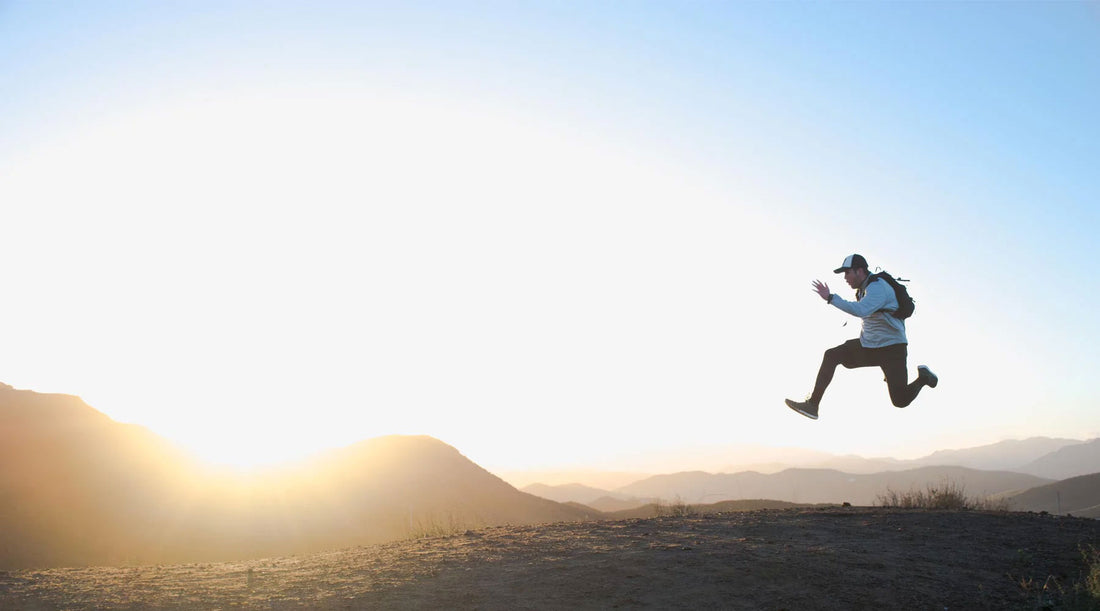
9 Basic Hiking Tips for Beginners to Help You on the Trail
Make your first hike an epic adventure.
Hiking makes a great introduction to outdoor activities. It’s relatively accessible, easy to do, and — with a few basic hiking tips — beginner-friendly.

Now, that doesn’t mean there aren’t risks involved. As with any activity that takes place outside — potentially in the wilderness — you need to take your safety seriously.
Weather, terrain, and wildlife all have an impact on the safety of your hike. And while these external factors are out of your control, you can decide how you prepare for them.
Don’t worry — preparing for a successful first hike is not rocket science. Follow these basic hiking tips for beginners and you’ll be well-prepared for your upcoming adventure.
1. Pack the 10 Essentials
If you haven’t yet learned about the 10 Essentials, don’t worry. If you continue to spend a lot of time hiking and camping outside, you’ll get very familiar with them. The 10 Essentials refers to the basic items you should bring with you on a hike or overnight in the wilderness.
Bringing the 10 Essentials is our #1 hiking tip for beginners because having these items — and knowing how to use them — gives you the means to deal with a wide array of situations.
The 10 Essentials include:
- Navigation
- Light source
- Sun protection
- First aid supplies
- Repair kit
- Fire
- Shelter
- Food
- Water and purification method
- Layers
If you’re a beginning hiker, some of this equipment might be unfamiliar to you. Take some time to learn more about it and get comfortable using it before you head out on your hike.
To learn more about the 10 Essentials, check out our blog post all about this topic: A Beginner’s Guide to the 10 Essentials
2. Pick a Good Beginner Trail
It’s tempting to want to pick a hike based on photos you see on Instagram. Crystal-clear alpine lake? Yes, please!
The danger of choosing a destination without thoroughly researching the trail is getting yourself into a situation that’s over your head. Sure, the lake at the end of the 8-mile trail might be gorgeous, but the 3,000 feet of elevation might prevent a brand-new hiker from getting there.
Don’t get discouraged — part of the beauty of hiking is how beginner-friendly it truly is. Not to mention, you can probably do more than you think you can.
But when in doubt, play it safe on your very first hike. If you put yourself in a scary, dangerous, or exceedingly uncomfortable situation during your first hike, it’s less likely you’ll want to hike again.
If there’s a difficult hike you’re dying to do, slowly build up to it with a series of less difficult hikes. You’ll be ready to take on that tough trail sooner than you think.
3. Check the Forecast Before Heading Out
A little rain is no reason to cancel your first hike. Here in the Pacific Northwest, we’re no strangers to precipitation. The key is to be prepared — and to know the difference between unpleasant weather and dangerous weather.
Always bring waterproof layers. If it’s going to be a particularly wet hike, you might even want gaiters and a pack cover. Make sure you wear socks that won’t give you blisters when wet.
If you see storms in the forecast, you may want to reschedule your hike for a different day. Hiking in thunderstorms, especially at elevation, can be dangerous.
Learn about weather patterns wherever you’re hiking so you can better plan your trip. For example, afternoon thunderstorms are common in Colorado’s Front Range during the summer. To avoid them, you should leave early so you can get back before the afternoon.
Oh, and if your first hike features big, sweeping views, do yourself a favor and plan your hike for a clear, sunny day. You’ll be disappointed if fog obstructs your view.
4. Tell Someone Else Your Plans
You know the saying — “Expect the best and plan for the worst.” Your first hike is the perfect time to put those words into practice.
With all the preparation you’re doing, your first hike will likely be great. You’ll have a fun time, get some good exercise, and see someplace new. But as we mentioned before, there’s always a risk when spending time in the wilderness.
That’s why it’s important to always let someone know where you’re hiking and when you’ll be back. Beginning hiker or not, it’s always wise. That way, if something does happen — a sprained ankle, a wrong turn, an unexpected storm — someone knows where to look if you don’t come back on time.
Here are some ways to share your plans:
- Text your itinerary and timeline to a trusted friend (or two)
- Leave a note on the dashboard of your car at the trailhead
- Sign the trail register at the beginning of the trail
The first option is best because it makes someone accountable for your safe return. But the other two options can’t hurt, either.
5. Bring Plenty of Food and Water
If you studied the 10 essentials, you know we’ve already covered this. But staying fueled and hydrated is so important on the trail, so we thought we’d bring it up again.
It might be hard to know how much food and water to bring on your very first hike. Again, err on the side of bringing too much instead of not enough.
Good snacks can be one of the highlights of a hike. No, we’re not kidding! There’s nothing better than enjoying your favorite trail foods after moving your body in the fresh air. Plus, there’s always a good view.
Make sure to bring snacks that will fuel you — carbohydrates and salt are important. And make sure they’re things you actually enjoy eating. Here are some easy ideas:
Tasty Snacks Great for Hiking include:
- Trail mix
- Nut butter
- Dried fruit
- Crackers
- Hummus
- Jerky
- Salami
- Cheese
- Tortillas
As for water, bring more than you think you’ll need. A good rule of thumb is to bring half a liter for every hour of moderate hiking. If the trail is difficult or the weather is extreme, you’ll definitely want more.
6. Dress for the Trail
No, it’s not a date, an interview, or a presentation — but what you wear still matters.
The key to being comfortable on a hike is to dress in layers. That way you can constantly adjust your clothing to stay warm enough without overheating.
Wear wicking, breathable clothes if you have them. They’ll dry fast after getting wet and sweaty, which can help you avoid hypothermia in the cold. If you’re hiking in the sun, breathable clothes can keep you cool and protect you from the sun.
And of course, we have to mention socks. One thing we don’t want is for you to walk away from your first hike with blisters. Choose comfortable, breathable, wicking socks for your hike, no matter the season. It may seem like a small detail, but it makes all the difference.
Still looking for the perfect pair of hiking socks? Check out our collection of men’s and women’s merino wool hiking socks.
7. Bring a Friend (or Two)
If you’re looking for solitude, try a walk in the park. If you’re a beginning hiker who wants to explore a wilderness trail, it’s best to take at least one friend.
There are lots of reasons to hike with someone else. If you were to get hurt or lost, you’re much better off having someone with you. Even better if they have some hiking experience.
Another reason bringing a friend hiking with you is so important is that being in a group is safer if you encounter wildlife. Bears, for example, are much less likely to threaten a group of people than a single hiker. Plus, more people means more noise, and noise often scares wildlife away.
8. Leave No Trace
Like the 10 Essentials, “Leave No Trace” is a common phrase among outdoor enthusiasts. Leave No Trace, or LNT, refers to an organization that educates people on how to responsibly recreate outdoors. LNT has 7 principles that should guide how you interact with the areas you hike in.
The 7 principles include:
- Plan ahead & prepare
- Travel & camp on durable surfaces
- Dispose of waste properly
- Leave what you find
- Minimize campfire impacts
- Respect wildlife
- Be considerate of others
Learn about LNT and each of the 7 principles at lnt.org.
Following these principles ensures you’re doing your part in protecting the places you explore.
9. Hike your own hike
For a lot of us, hiking is a way of enjoying nature. Some people like the community aspect, some like the exercise, and some even like a little friendly competition. But don’t feel like you have to have the best gear, summit every peak, or keep up with your fastest friend on the trail.
Hike your own hike, and have a great time doing it.
At Cloudline Apparel, we hope you enjoy the outdoors as much as we do. Whether it’s your 1st hike or your 101st, we’re here to help you enjoy it even more. Check out our merino wool hiking socks to get the perfect pair for your next adventure.

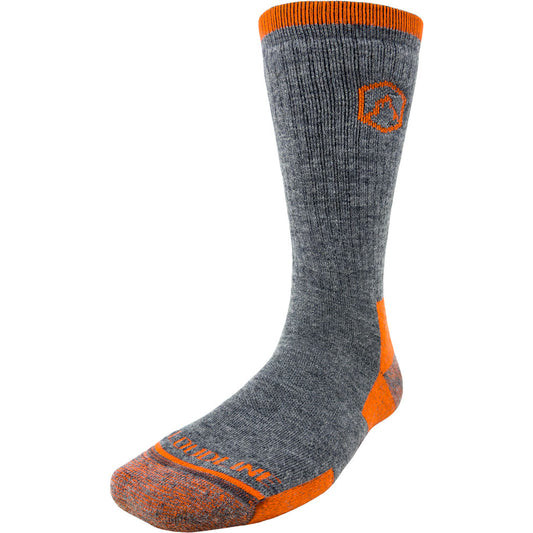
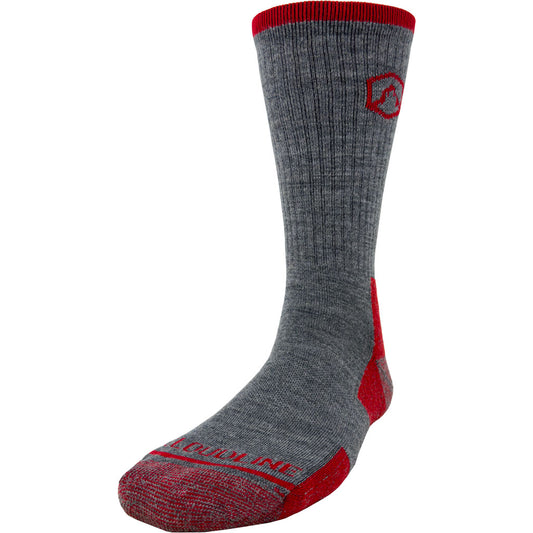
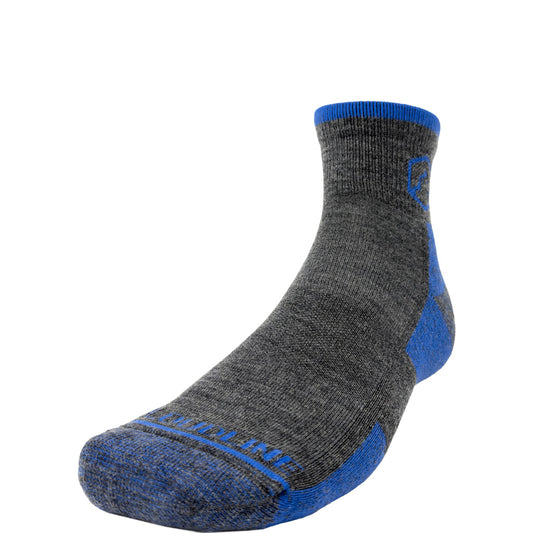
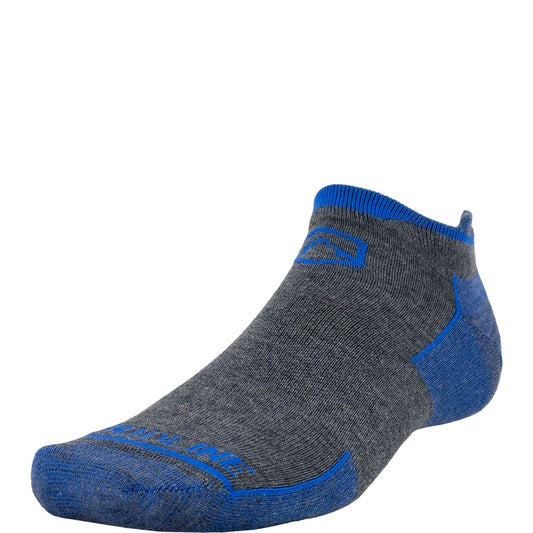
1 comment
Hello there great article!
Where is your cover picture? The picture with the hikers on the ridge, amazing, and exactly what I’m looking for, hopefully in Colorado.